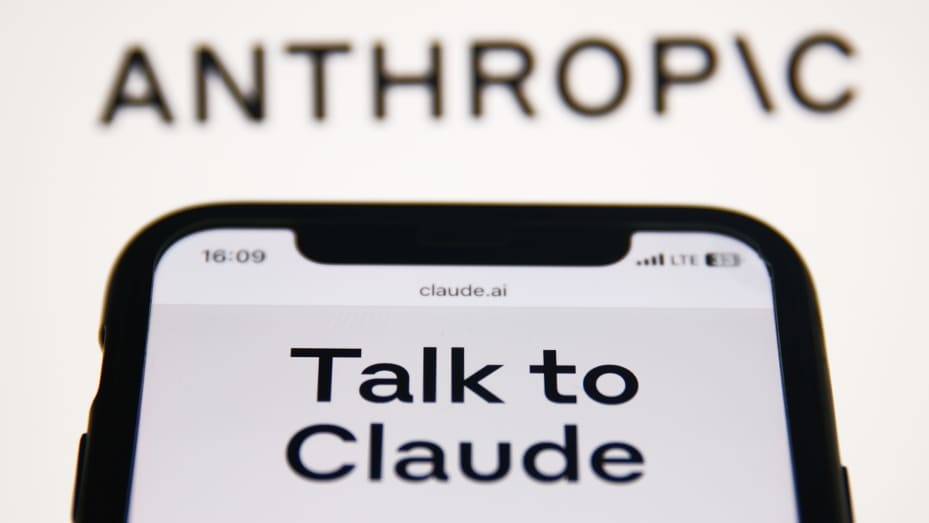Anthropoic releases top AI model Claude 3.5 Sonnet
On June 20, Anthropic released Claude 3.5 Sonnet, its most powerful AI model to date.

On June 20, OpenAI's main competitor Anthropic released its most powerful AI model to date: Claude 3.5 Sonnet.
The model reportedly understands complex commands better, has enhanced visual reasoning (e.g., interpreting graphs, etc.), and has a stronger sense of humour. Notably, it has twice the application processing speed of the previous model, the Claude 3 Opus, at one-fifth the cost.
In a blog post, the company noted that it has made significant progress in capturing nuance, humour and complex instructions, and excels in writing high-quality content in a natural, approachable tone.
Overall, Claude 3.5 Sonnet performed significantly better than its predecessor, Claude 3 Opus, in a number of performance tests across reading comprehension, programming, maths and visual tasks, and in many metrics it even slightly outperformed GPT-4o and Google's Gemini 1.5 Pro.
Like OpenAI's ChatGPT and Google's Gemini, Claude has gained immense popularity over the past year.Anthropic was founded by former research executives at OpenAI and is backed by Google, Salesforce, and Amazon. In the past year, Anthropic has received five rounds of funding totalling about $7.3 billion.
Prior to that, Anthropic debuted the Claude 3 series of models in March, and OpenAI launched the GPT-4o in May. The company said the Claude 3.5 Sonnet, which is faster than its previous workhorse, the Claude 3 Opus, is the first model in the new Claude 3.5 series.
Price details
As for the cost, Anthropic announced on its official website that Claude 3.5 Sonnet is currently available for free on the company's website, Claude.ai, and on the Claude iPhone app.Users of Claude Pro and Team will also be able to access the newest version, which has a higher rate limit. It is also available through the Anthropic API, Amazon Bedrock, and Google Cloud's Vertex AI.
Additionally, the new model is priced the same as its predecessor, the 3 Sonnet model, at $3 per million blocks of input words and $15 per million blocks of output words, with a context window of 200,000 blocks, which equates to about 150,000 words.
In Natural Language Processing (NLP), tokens are the smallest unit of semantics in a text. For example, a sentence can be divided into words, each of which is a token. For example, the sentence "I love you" can be divided into three tokens: I, love and you. Markers help to break text into smaller, more manageable pieces for processing and analysis.
New Features
Along with the new modes, Anthropic has introduced Artifacts on Claude.ai, a new feature that expands the way users can interact with Claude.
The company explains that when users ask Claude to generate code snippets, text documents, or website designs, these artifacts will appear in a dedicated window next to their dialogue. This creates a dynamic workspace where users can view, edit and build Claude's work in real time, seamlessly integrating AI-generated content into their projects and workflows.
Anthropic also noted that it expects Artifacts to help with code development, legal contract drafting and analysis, and business report writing.
With the rise of startups such as Anthropic and OpenAI in the generative AI space, they have separated themselves from tech giants such as Google, Amazon, Microsoft and Meta as part of the AI arms race. Experts predict that the size of this market will exceed $1 trillion over the next decade.
Disclaimer: The views in this article are from the original Creator and do not represent the views or position of Hawk Insight. The content of the article is for reference, communication and learning only, and does not constitute investment advice. If it involves copyright issues, please contact us for deletion.